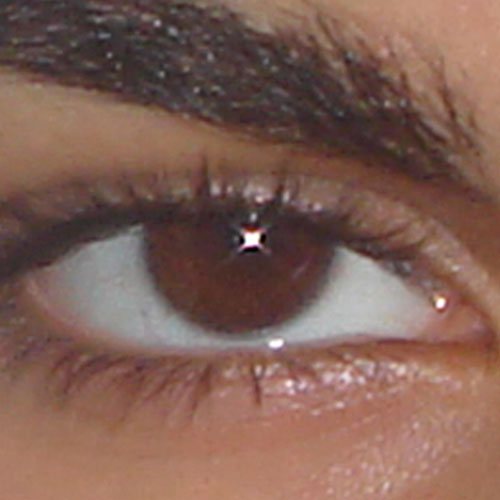
| Title | Content | Introduction | Background | Potential Benefits | Legal Ethical and Social Issues | Security | Conclusion | References |

Legal Ethical and Social Issues
Use of intelligence raises invasion of privacy concerns of by consumers (Uppena & Finley, 2004). TSA staff is reviewing the information of the public and by having access to information there is a chance that this information can be abused, misused and maybe even compromised. This technology links to enormous amounts of information and intelligence on each person, so there is fear over who has access and who is looking at this information. To give a gauge, the FBI fingerprint system contained more than 40 million fingerprints (Scanlon, 2003). A second concern is data protection which is also a legal concern if data is lost or stolen. A third concern is the ethical challenge of holding so much information, on each person, with access from a single system. A fear is that other workers have access to information of so many people or if information can get in the wrong hands. People are fearful that this is too much invasion where the technology can be used to track their every-day lives (Bodor, 2001). A fourth concern is an inaccurate result and thus embarrassment. A small glitch can cause embarrassment of possibly an innocent traveler who is either sent for additional screening or posted on the “No Fly” list. This can also have legal implications of being falsely making someone misses their flight thus raising some liability issues for the TSA. A sixth concern is that the iris could change with the aging process. This means the data must be updated. The National Institute of Standards and Technology states that there is no consistent change in the texture of irises for at least a decade (Brown, August 2013). Another concern, to gain social acceptance is “how humans interact with biometric devices is critically important for their future success…it must be efficient, accurate..and something that people trust, accept and don’t get frustrated with” (University of Wisconsin, 2013). Finally, airport screening has overwhelmed travelers with fear of more delays with iris scanning (Uppena & Finley, 2004).